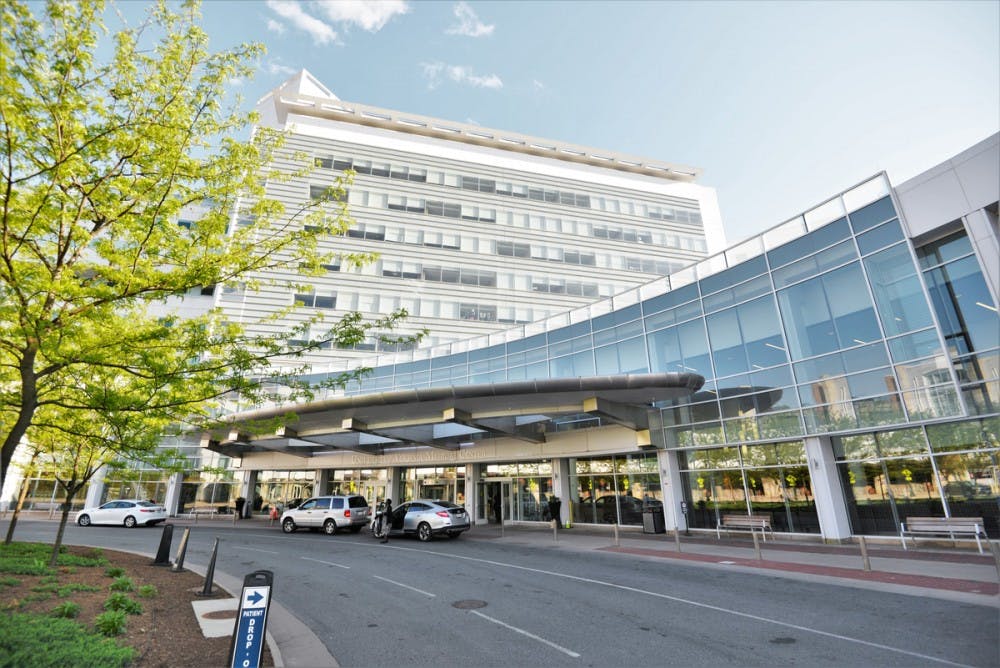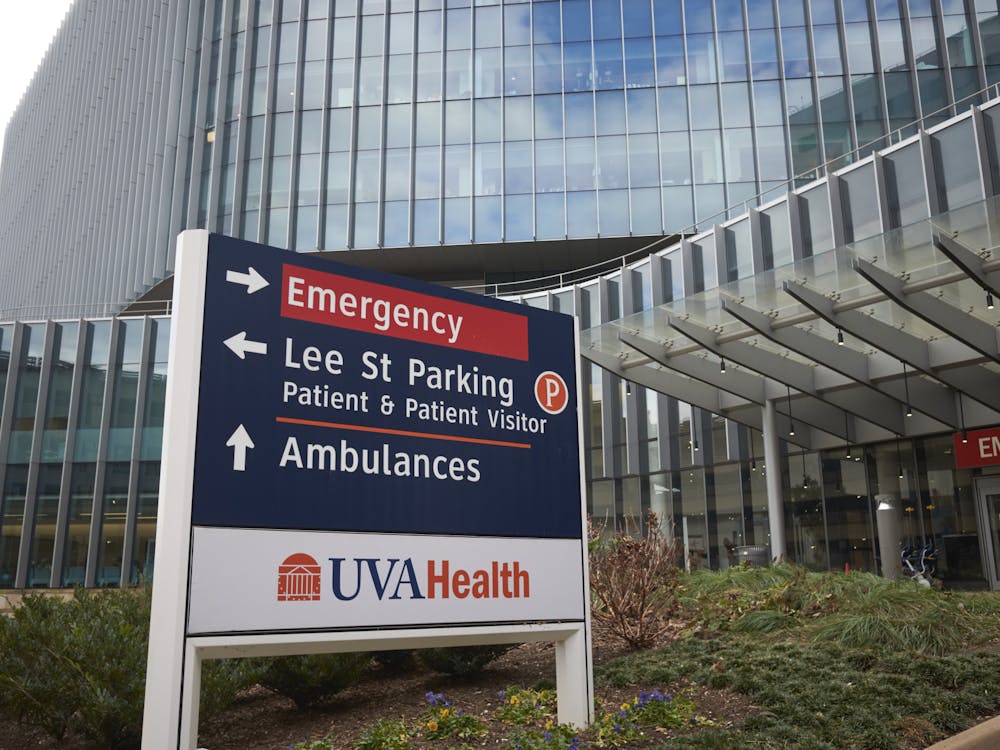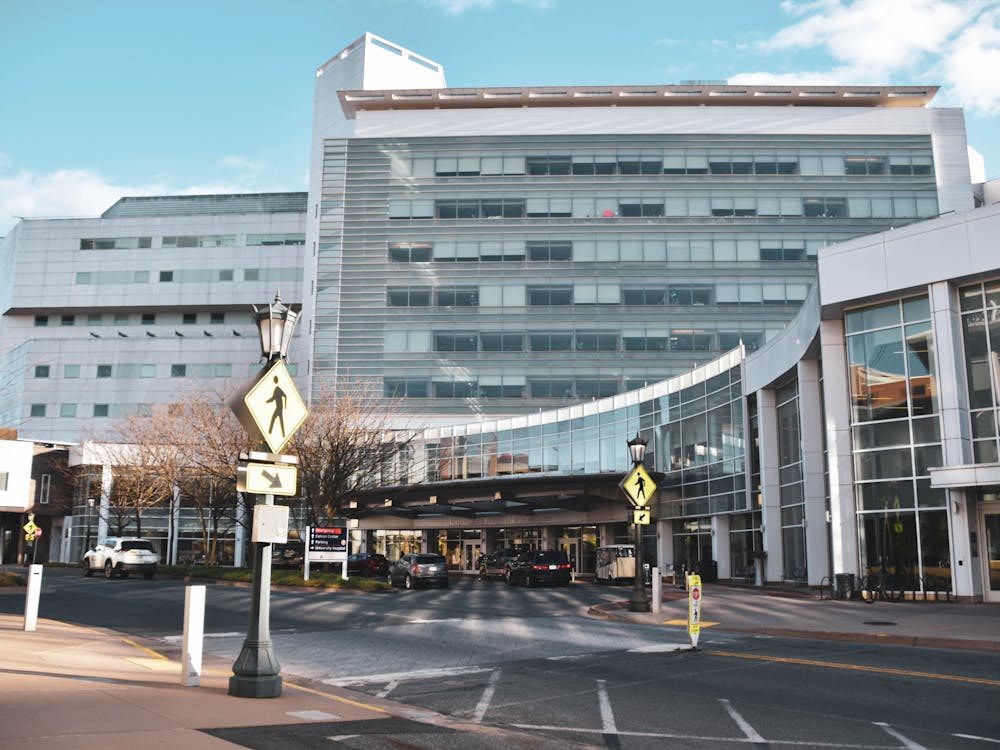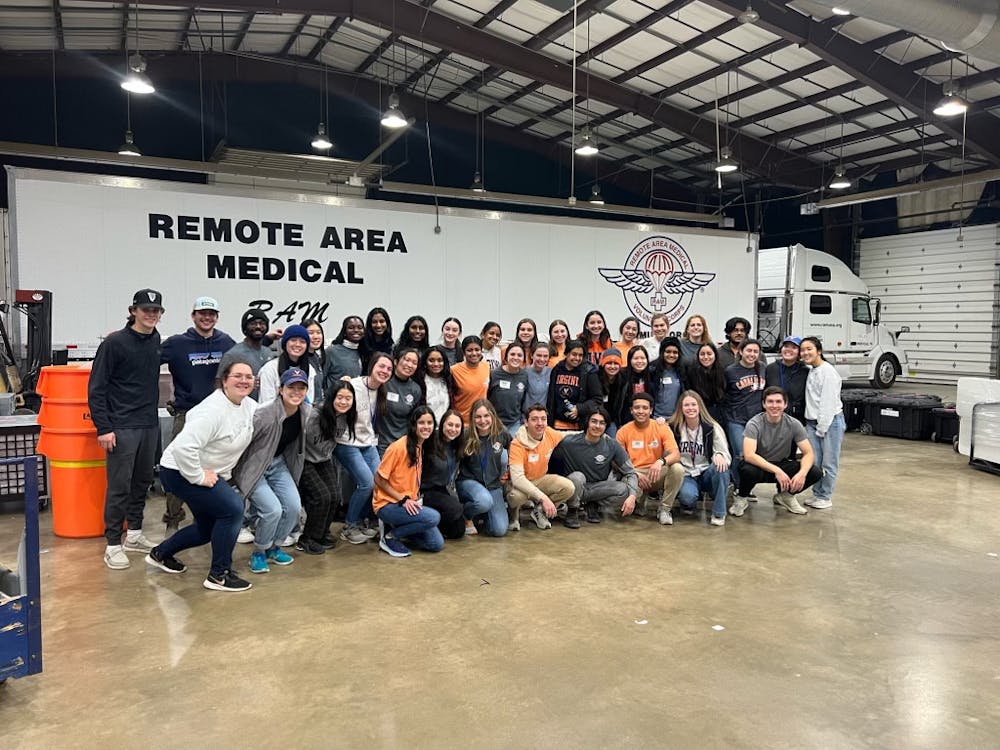The Aortic Telehealth program — a new telemedicine collaboration between Novant Health, Culpeper Medical Center and U.Va. Health System — will provide patients with emergent conditions from the Culpeper area with immediate access to University physicians. The program will also allow professionals from both systems to collaborate in diagnosing patients.
The program has been implemented with Culpeper Medical Center, with physicians at both locations satisfied with the results of several mock drills of the technology. No patient has fulfilled the criteria for the use of this program yet, but the system has been tested and is ready for use if the situation arises.
Some patients come into the emergency department at Culpeper Medical Center with aortic emergencies — such as aortic dissections in which the lining of the large blood vessel coming out of the heart peels away or aortic aneurysms in which an abnormal bulge occurs in the wall of the large blood vessel. According to Jon D’Souza, chief medical officer of Culpeper Medical Center, the diagnoses for each of these conditions is not always obvious, and aspects of diagnostic process are allocated to different professionals.
“Making that diagnosis is the province of the emergency department and emergency physicians,” D’Souza said. “But treating it is typically going to involve a surgeon, and getting the patient to the kind of specialist that they need, and making sure that they’re getting the right treatment — which is very specialized treatment — until they can get to that surgeon, is something that you don’t want to waste any time on.”
Previously, the patient experience would entail being diagnosed with an emergent condition by an ER doctor, who would then call U.Va. Health System to secure a bed at the hospital some time later. The patient would get in an ambulance and be moved to the new facility before being able to speak with their specialist. Transportation alone takes approximately 45 minutes, time that is of the essence for patients with emergent conditions. Additionally, patients are oftentimes not informed of the procedure they may undergo until they reach Charlottesville, creating complications when some deny treatment.
The new program will shorten this process by connecting physicians at U.Va. Health System with patients at Culpeper Medical Center through a secure video conferencing link facilitated by the University’s Karen S. Rheuban Center for Telehealth, which also sustains other telemedical programs, such as for strokes and long-term acute care. Through the link, patients will be able to ask the surgeons who may operate on them questions about the procedure in order to make informed decisions about their own health.
The program will also enable physicians to collaborate in discussing treatment, as medical records, lab results and medical imaging can be more easily shared through the conference call. However, it is the face-to-face aspect of patient care that the Aortic Telehealth program will provide that is most important to University heart surgeon Nicholas Teman.
“For me, to be able to say a patient is a surgical candidate or not, I need to be able to see the patient,” Teman said. “A certain patient on paper could be very different than another patient, who is the same age, who has the same comorbidities on paper. Actually seeing the patient and seeing their level of functionality and seeing how robust they are goes a long way towards helping me make a decision as to whether they would survive the operation.”
Physicians also hope the program will cut down on unnecessary transfers of patients from Culpeper Medical Center to U.Va. Health System. According to Teman, patients who don’t need emergent intervention are sometimes transferred to U.Va. Health System at the request of their family. However, they often just need reassurance from a University physician that their counterpart at Culpeper Medical Center is taking the appropriate steps in their care.
D’Souza also notes that there are patients who are transferred to U.Va. Health System, informed about their treatment options and then decline the procedure, making their transport an unnecessary hassle. The face-to-face nature of the video conferencing link will decrease the frequency of such situations.
Looking ahead, Teman envisions the expansion of the program to different hospitals. U.Va. Health System provides care for patients in a wide geographic area — all the way from West Virginia to Northern Virginia — so establishing links with other hospitals that refer patients to U.Va Health System as well could help provide a similar degree of care to a larger group of people.
There are also similar disease processes in which a patient would need to be emergently transferred to U.Va. Health System. Teman said there are several types of cardiovascular problems he hopes the telehealth program will address.
“Things like patients that have massive pulmonary emboli, patients who are in cardiogenic shock or have massive heart attacks, patients who might require some sort of mechanical support of their heart or lungs,” Teman said. “In that situation, it would again be great to establish that telemedicine link, to be able to communicate with the patient and let them know what their options are before transporting them here.”
D’Souza said he sees a broader regional effect as a distinct possibility as a result of this partnership.
“I expect this is going to be a proof-of-concept,” D’Souza said. “The equipment is not incredibly expensive, this basically allows you to scale one specialist across numerous hospitals. And, there’s no reason it can’t be expanded to other hospitals once we’ve proven its effectiveness.”





